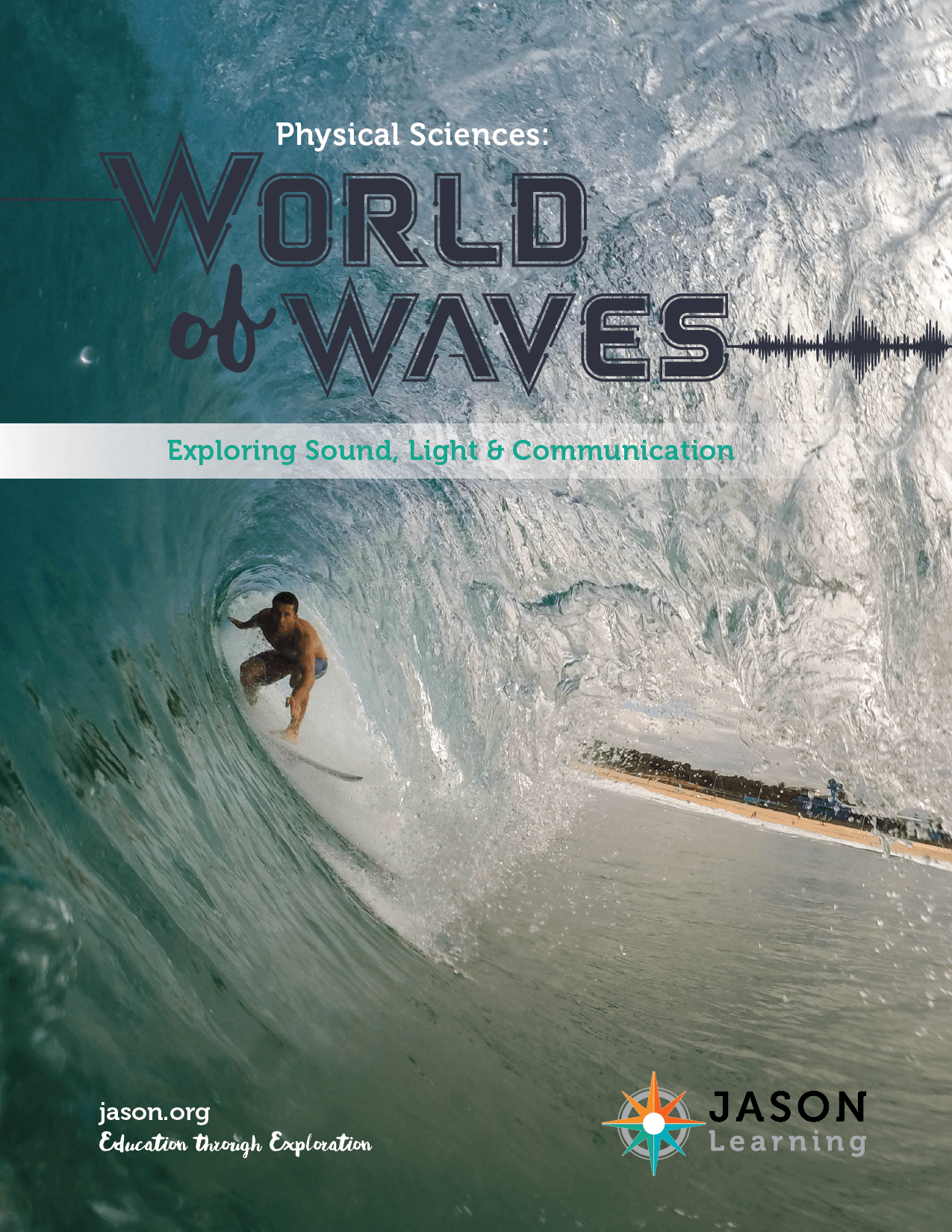Students will explore how waves in water, sound, light, and other electromagnetic energies are involved in engaging real-world phenomena, like surfing in the ocean, animal communication, and mobile networks.
Through immersive, hands-on learning experiences, they will gain foundational content knowledge and insights into expert applications of waves. These activities are designed to stimulate and enhance critical and design thinking skills, and they will help sharpen data analysis and modeling skills. There are even coding and engineering applications!
Embedded within the content are STEM role models ranging from Navy officers to robotics engineers to oceanographers who apply the physics of waves in their work.



